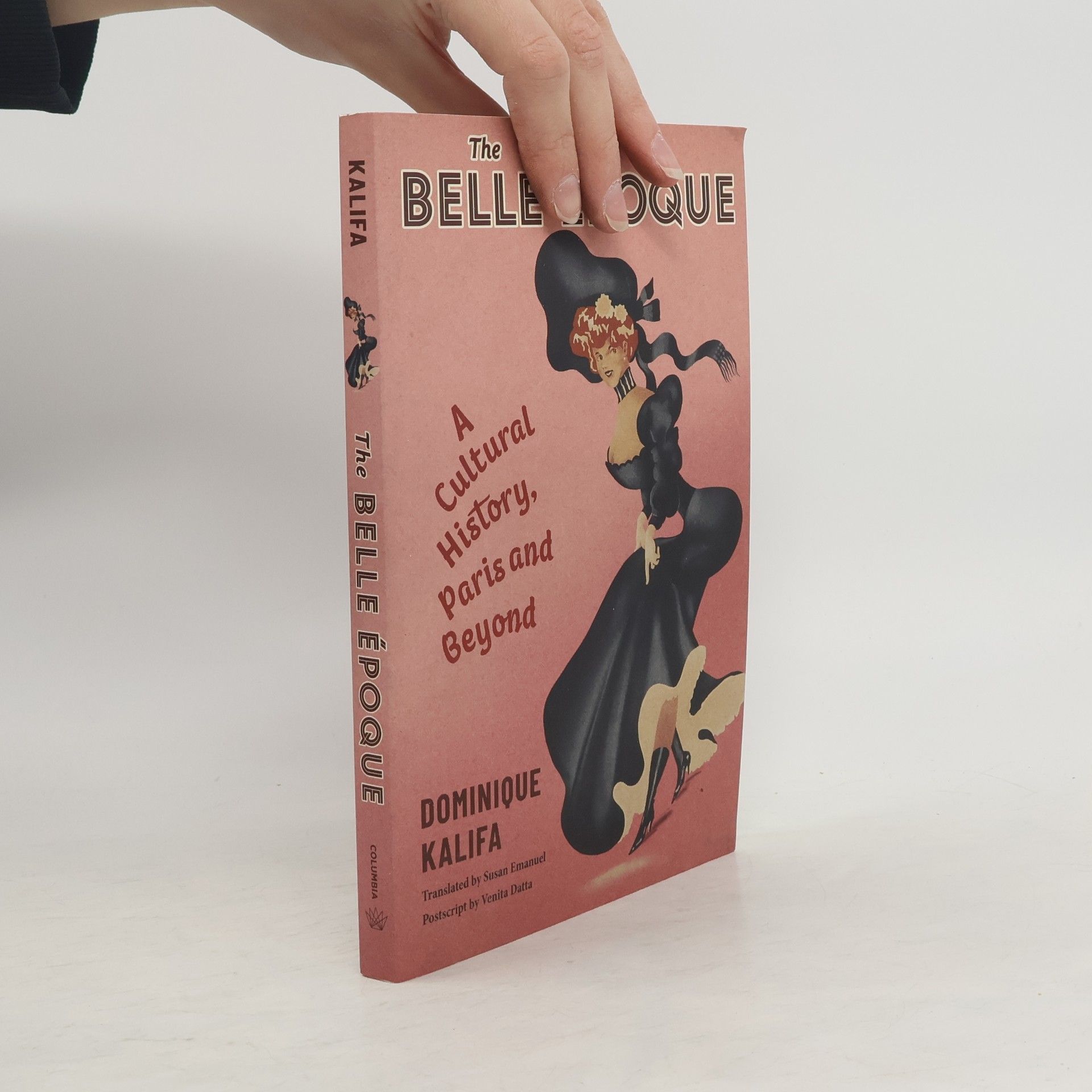The years before the First World War have long been romanticized as a zenith of French culture--the "Belle Époque." The era is seen as the height of a lost way of life that remains emblematic of what it means to be French. In a vast range of texts and images, it appears as a carefree time full of joie de vivre, fanfare and frills, artistic daring, and scientific innovation. The Moulin Rouge shared the stage with the Universal Exposition, Toulouse-Lautrec rubbed elbows with Marie Curie and La Belle Otero, and Fantómas invented automatic writing.This book traces the making--and the imagining--of the Belle Époque to reveal how and why it became a cultural myth. Dominique Kalifa lifts the veil on a period shrouded in nostalgia, explaining the century-long need to continuously reinvent and even sanctify this moment. He sifts through images handed down in memoirs and reminiscences, literature and film, art and history to explore the many facets of the era, including its worldwide reception. The Belle Époque was born in France, but it quickly went global as other countries adopted the concept to write their own histories. In shedding light on how the Belle Époque has been celebrated and reimagined, Kalifa also offers a nuanced meditation on time, history, and memory.
Dominique Kalifa Boeken
Dominique Kalifa was een hoogleraar geschiedenis wiens werk voornamelijk de negentiende eeuw verkende. Hij concentreerde zich op sociale en culturele geschiedenis, met name de Parijse Belle Époque. Zijn schrijven kenmerkt zich door diepgaande analyses en een verlangen om maatschappelijke transformaties te begrijpen door middel van het dagelijks leven en percepties. Kalifa's werk nodigt lezers uit om na te denken over hoe het verleden ons heden vormt.


Vice, Crime, and Poverty
- 296bladzijden
- 11 uur lezen
Vice, Crime, and Poverty traces the untold history of the concept of the underworld and its representations in popular culture. From the Parisian demimonde to Victorian squalor, from the slums of New York to the sewers of Buenos Aires, Dominique Kalifa deciphers the making of an image that has cast an enduring spell on its audience.